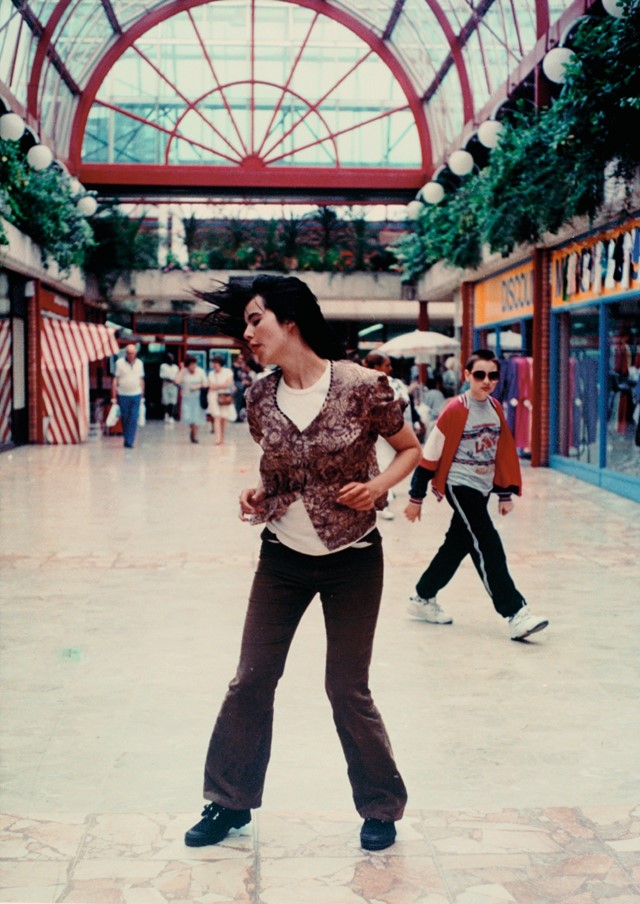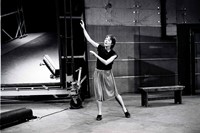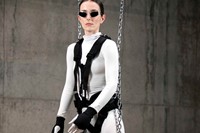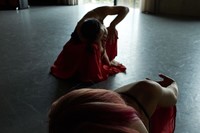Co-editors Isabelle Bucklow and Hannah Woods talk us through Motor Dance Journal, their new magazine dedicated to dance, art and women
In the early 1990s, British artist Gillian Wearing saw a woman dancing in the Royal Festival Hall, alone and offbeat with the music. Unable to get the image of this woman out of her head, she created Dancing in Peckham, a 25-minute video in which Wearing dances, energetically but without music, in a shopping centre. As she dances, an old man walks past. “What is the world coming to?” he tuts.
An image of Wearing’s performance has been chosen as the first cover of Motor Dance Journal, a new magazine about dance and art co-edited by Isabelle Bucklow (a writer and researcher) and Hannah Woods (an exhibitions organiser). The pair first met as students of history of art, and felt frustrated by the ways in which dance had been overlooked by academia: “[Dance] has been present throughout art history, but we don’t feel like it has been explored enough. It’s obviously a gendered thing,” says Woods. “We’d study minimalism and you might hear a bit about the Judson Dance Theatre, but the emphasis would be on the male sculptors,” says Bucklow.
Motor aims to correct such critical blindspots, with writing on surrealist women like Hélène Vanel, interviews with protegés of Pina Bausch and leading performance curator Catherine Wood. However, the journal is intended as much for the weekend enthusiast as the maestros. “People always say, ‘Oh you’re doing a dance journal, does that mean you’re dancers?’ Well, [we’re] not professional dancers, no!” says Bucklow. They have asked contributors, many of whom had never written about dance before, to respond as freely as they like to the inaugural theme of ‘the solo’. In her essay, Philippa Snow analyses 2007 paparazzi images of actor Brittany Murphy leaving a dance class in thigh-high pink leggings, heels and a Louis Vuitton bag, and wonders if she might’ve been better for the lead role of Black Swan than Natalie Portman.
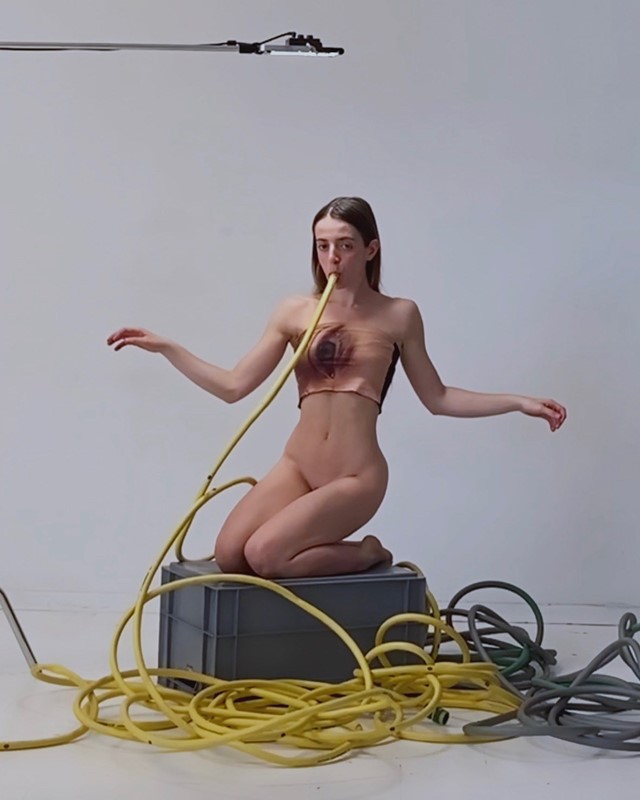
“We really didn’t want people to think about the solo in this virtuoso, prima ballerina on a stage kind of way,” explains Woods. The first commission for the journal was an essay by curator and writer Francesca Gavin, who, during lockdown, started posting videos on Instagram of routines she had learned in her dance class. “Dance was the only thing stopping me from lying on the floor, staring at the ceiling and crying,” she writes. While not a ‘lockdown project,’ this issue of the journal – for anyone who remembers the proliferation of TikTok challenges – certainly feels borne out of those unprecedented times. “Dancing on your own was an essential theme, it’s all we had to do at the time,” says Woods.
Yet the theme of ‘the solo’ is also intended as a provocation, or even a question: “Can you ever really dance on your own?” asks Woods. In Sanna Helena Berger’s photography series for the journal, she pictures Nadja Voorham dancing in front of a mirror. Dressed in a corporate-style suit, her face covered in dark hair, she touches and fuses with her reflection, her body becoming a monstrous, anonymous hybrid. In her sculptural performance work Solos y conectadas (Alone and connected), Candela Capitan’s carousel of futuristic solo dancers are chained together in a loop, like a Black Mirror version of a viral TikTok dance.
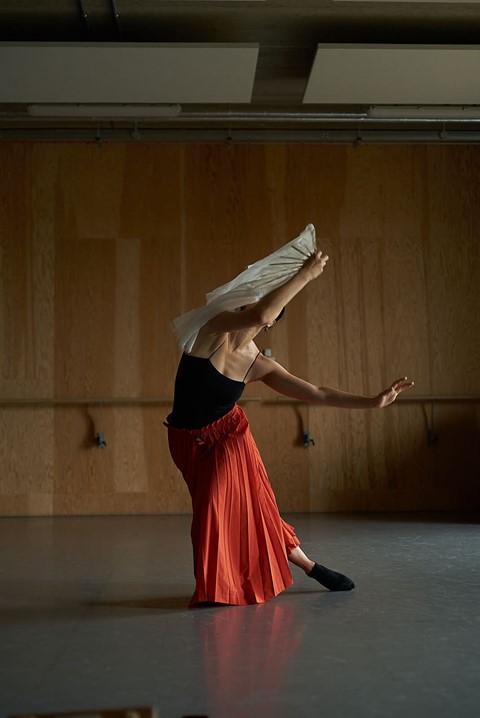
Motor is named after Trisha Brown’s famous performance Water Motor and a quotation from dancer Isadora Duncan: “Before I go out on the stage I must place a motor in my soul.” However, Motor doesn’t want to be seen solely as a dance magazine. “We wanted to show the movement of the everyday, dance being something that is throughout life rather than just a specific form,” says Woods. In one essay, writer Jack Parlett explores the act of cruising as a secret dance which uses covert motions and gestures (using the loo, forgetting a phone). Writing itself becomes a form of dance. The journal also includes experimental poetry inspired by choreographic notation, as well as conversations. Writers Stephanie LaCava and Alice Blackhurst’s discussion of Marguerite Duras is like a pas de deux, where they respond nimbly to the movement of each other’s thoughts.
While dance and performances are transient, a journal offers something more permanent and tangible. “We wanted to play with the idea of ephemerality, the printed form as something that gives dance a kind of endurance,” says Bucklow. Motor is set to be a three-part journal, with the second and third issues focusing on duos and group dances respectively. This order feels apt for a project which, while currently small, is bound to assemble a bigger and bigger following. “[Now] when you google Motor it’s just car magazines,” says Bucklow. “We kind of like that it’s actually a journal about women dancing.”
Motor Dance Journal launches at the Institute of Contemporary Arts in London from 6-8pm on November 15.
